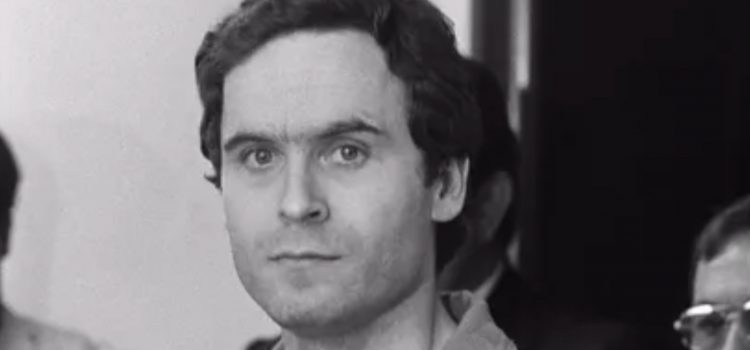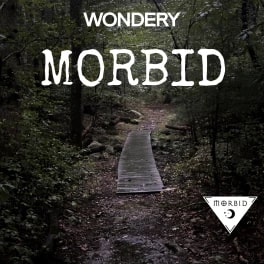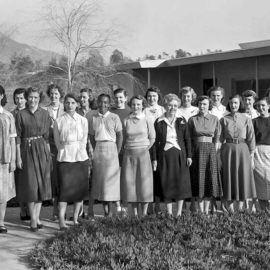

This article is an excerpt from the Shortform guide to "Morbid: A True Crime Podcast". Shortform has the world's best summaries and analyses of books, podcasts, and more.
Like this article? Sign up for a free trial here.
How did Ted Bundy get caught? What were the leads that pointed to Bundy’s guilt?
Eventually, Ted Bundy’s daring and heinous acts began to leave a trail that led to his capture. Through eyewitness accounts and police investigations, the hosts of Morbid discuss the eventual downfall of Bundy.
Read more to learn how Bundy was exposed for who he truly was.
The Events Leading Up to Ted Bundy’s Arrest
The Morbid podcast outlines several instances of Bundy’s audacity, such as when he approached potential victims in broad daylight, introducing himself as ‘Ted.’ An extraordinary anecdote from Lake Sammamish State Park exemplifies this behavior, where Bundy, under the guise of needing help with a sailboat, attempted to lure Mary Osmer. Fortunately, Osmer’s intuition led her to safety.
It is also speculated by the hosts that Bundy held Janice Ott and Denise Naslund captive together, an act of psychological terror not commonly seen among serial killers and reminiscent of Jack the Ripper’s infamous double murder.
Critical Leads and the Culminating Capture
After everything he did, how did Ted Bundy get caught? Bundy’s ultimate capture is discussed, where his ability to alter his appearance and blend in contrasted with his heinous acts. Particularly significant is Bundy’s work alongside Ann Rule at a crisis hotline, a relationship that belied the savage nature of his true character.
These seemingly normal connections, along with a tip from a professor, played pivotal roles in his eventual capture, revealing the precarious balance between Bundy’s charming public facade and the malevolence that lay beneath. After five days on the FBI’s Top Ten Fugitives list in 1978, Bundy was arrested in Pensacola, Florida for speeding while driving a stolen vehicle.
Context
In the realm of criminality, few figures capture the public’s morbid fascination quite like serial killers. These individuals commit a series of murders, often targeting multiple victims over an extended period. To understand the topic at hand, it is crucial to be familiar with the concept of a serial killer and their criminal activities. Notorious examples from history include Jack the Ripper, an unidentified killer who terrorized London’s Whitechapel district in 1888 through brutal and gruesome murders of female prostitutes that remain unsolved to this day.
One theme that emerges when examining serial killers is their audacity and brazen behavior. Despite their heinous acts, some killers possess an uncanny ability to blend into society and maintain a public facade that conceals their true nature. This contrast between appearance and reality adds to the psychological terror inflicted by these manipulative individuals who prey on unsuspecting victims. Eyewitness accounts play a crucial role in unraveling the identity of these killers, as they provide valuable testimonies about specific events or crimes.
The historical context for our discussion centers around Ted Bundy, an infamous serial killer who operated during the 1970s. Bundy was known for his charm and ability to deceive others while committing his crimes—a chilling example of how a seemingly ordinary person can harbor such dark intentions.

———End of Preview———
Like what you just read? Read the rest of the world's best guides to Morbid: A True Crime Podcast" at Shortform.
Here's what you'll find in our full Morbid: A True Crime Podcast episode summaries:
- Analysis of well-known criminal incidents from the recent past
- Well-researched narratives delivered with empathy for the victims
- Potentially disturbing stories made entertaining with dark humor






